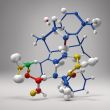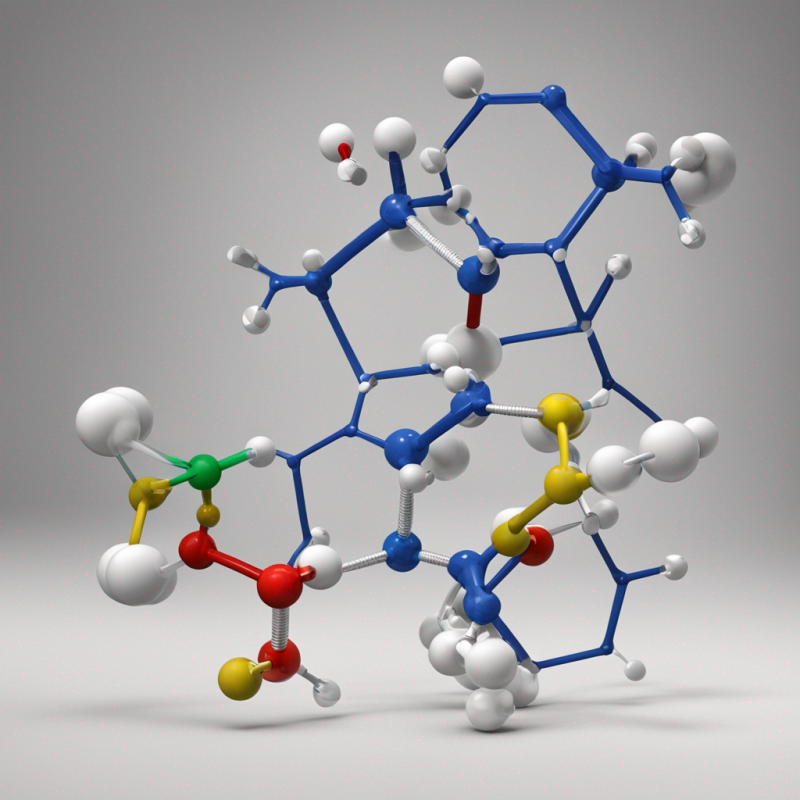
Tetrahydrophthalic Anhydride: Industrial Applications, Properties, & Manufacturing
ProcurenetShort description
Tetrahydrophthalic Anhydride (THPA) is an essential industrial chemical compound with the molecular formula C8H8O3. It exhibits unique properties and has extensive applications in diverse industries.
- Recognized: Known by various names, including CIS-THPA and CIS-DELTA4-TETRAHYDROPHTHALIC ANHYDRIDE.
- Quality: Produced in an advanced manufacturing facility, guaranteeing utmost purity and consistency.
- Coverage: It caters to multiple markets globally including North America, Australasia, and Africa.
- Capacity: Ensuring stable supply with a substantial monthly production capacity of 1000 metric tons.
Please note that no product samples are currently available.
-
Procurenet Team Tshim Sha Tsui
Hong Kong 3 years
Description
Tetrahydrophthalic Anhydride: Essential for Industrial Processes
Tetrahydrophthalic anhydride (THPA), an organic compound with the CAS Number 85-43-8, plays a crucial role in diverse manufacturing procedures. Boasting a molecular formula of C8H10O3 and a molecular weight of 154.16 g/mol, THPA’s key distinguishing characteristic is its cyclic acid anhydride structure.
Salient Features
- CAS Number: 85-43-8
- Molecular Formula: C8H10O3
- Molecular Weight: 154.16 g/mol
- Synonyms: 1,3-isobenzofurandion, 3a,4,7,7a-tetrahydro-,cis-, 3-Isobenzofurandione, 3a,4,7,7a-tetrahydro-,cis-1, 4,7,7a-tetrahydro-3-isobenzofurandioncis-3a, cis-3a,4,7,7a-Tetrahydro-1,3-isobenzofurandione, CIS-THPA, CIS-DELTA4-TETRAHYDROPHTHALIC ANHYDRIDE, CIS-4
Applications
THPA’s wide range of applications primarily constitutes the production of polyester resins, alkyd resins, coatings, and special elastomers. It also finds significant use in manufacturing plasticizers, corrosion inhibitors, curing agents, and transformer oil.
Manufacturing Process
The industrial manufacturing of THPA involves two principal reactions – the Diels-Alder reaction of maleic anhydride and 1,3-butadiene, followed by the dehydration of the resulting adduct.
Safety Measures
Considered an irritant, THPA should not come into contact with skin or eyes, nor should it be inhaled or released into the environment. Use it in a well-ventilated area and wear appropriate personal protective equipment including gloves and safety glasses when handling this chemical.





